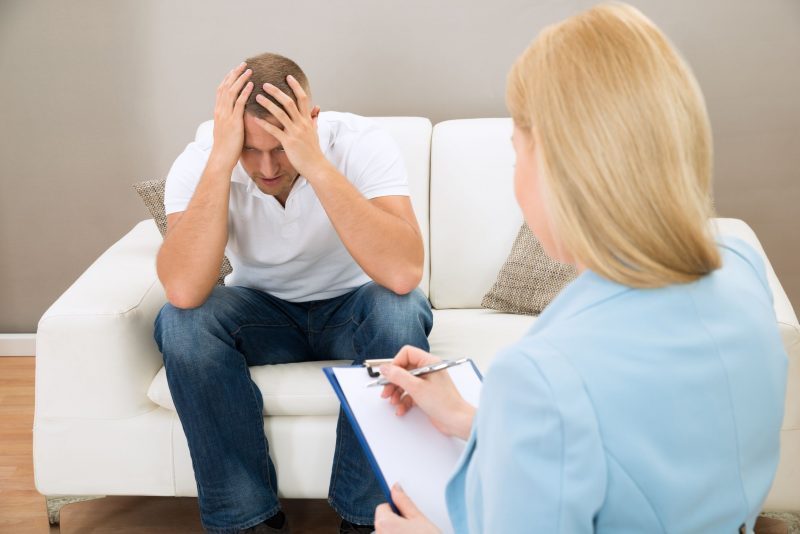Spider veins are small red or purplish veins that appear on the surface of the skin on the face and legs. Other than being unattractive, they are usually asymptomatic. Here’s what you need to know about spider veins.
What Causes Them?
Spider veins on the legs are due to chronic increased pressure from being overweight, standing for long periods of time or from pregnancy. After long exposure to this pressure, the valves in the leg veins fail, decreasing the upward circulation of the blood. Sometimes varicose veins, those large, ropy veins that pop out on the legs, are the result. Sometimes it’s just spider veins. The same condition on the face is usually due to sun damage to the skin. Genetics, age, and gender also are determinants in whether you develop spider veins. If the problem runs in your family, there’s a 90 percent chance that you will develop them. Women are more likely to have them than men.
How Can I Prevent Them?
Prevention of spider veins includes regular exercise, maintaining a healthy weight, using sunscreen and avoiding standing or sitting for hours. Stay active. There are a variety of treatments. Compression stockings help but do not cure the problem.
How Can I Treat Them?
There are two ways to eliminate spider veins: sclerotherapy and endovenous laser treatments. They are both minimally invasive. In sclerotherapy, the surgeon makes a small incision and injects a solution or foam into the vein. This causes the vein to break down and collapse, subsequently disappearing. With laser treatment for spider veins, a tiny laser is inserted into the vein. The tip of the laser then becomes hot and destroys the veins, again causing it to collapse and eventually disappear. Both sclerotherapy and laser treatment for spider veins are safe and effective and done under local anesthesia. The choice is up to you and your doctor.



